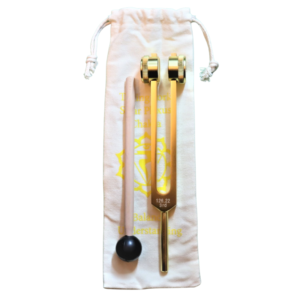Holistic Kingdom
Showing all 9 results
-

Copper Charging Pyramid Energy Amplifier
$29.00 Add to cart -

Crown Chakra Tuning Fork
$48.00 Read more -

Engraved Brass Egyptian Ankh Key Of Life
$19.00 Add to cart -

Heart Chakra Tuning Fork
$48.00 Read more -

Root Chakra Tuning Fork
$48.00 Read more -

Sacral Chakra Tuning Fork
$48.00 Read more -

Solar Plexus Chakra Tuning Fork
$48.00 Read more -

Third Eye Chakra Tuning Fork
$48.00 Read more -

Throat Chakra Tuning Fork
$48.00 Read more